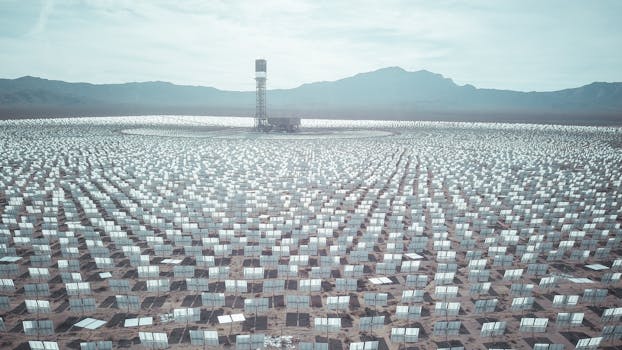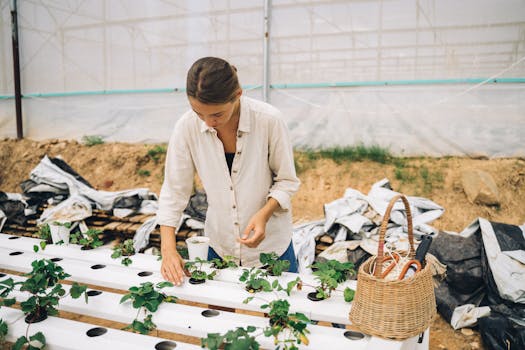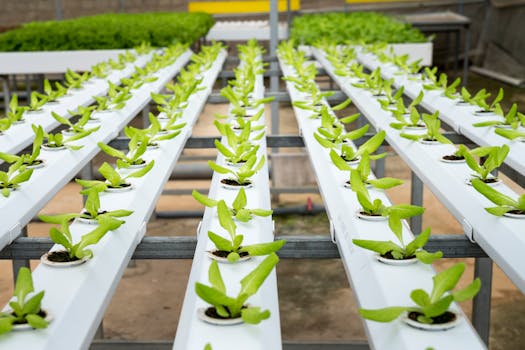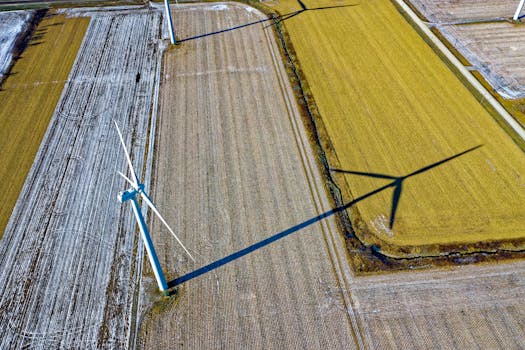
Sustainable Living: Emerging Trends for 2025
Sustainable Living is becoming increasingly important as the world grapples with the challenges of climate change, pollution, and resource depletion. As we head into 2025, it’s essential to stay ahead of the curve and explore the emerging trends that will shape the future of sustainable living. In this article, we’ll delve into the latest developments in eco-friendly products, green technology, renewable energy, and zero waste, and provide practical tips on how to incorporate these trends into your daily life.
Section 1: Eco-Friendly Products

One of the most significant trends in sustainable living is the rise of eco-friendly products. From reusable water bottles to bamboo toothbrushes, consumers are increasingly seeking out products that are gentle on the environment. Some of the most exciting innovations in this space include:
- Biodegradable packaging: Companies are now using biodegradable materials, such as mushroom-based packaging, to reduce waste and minimize their environmental footprint.
- Sustainable fashion: Fashion brands are incorporating eco-friendly materials, such as recycled polyester and organic cotton, into their designs, reducing the industry’s significant environmental impact.
- Zero-waste home goods: Companies are creating products, such as beeswax wraps and stainless steel straws, to help consumers reduce their waste and live more sustainably.
Section 2: Green Technology

Green technology is another area that’s experiencing significant growth, with innovations in renewable energy, energy efficiency, and sustainable transportation. Some of the most notable trends include:
- Rooftop solar: Rooftop solar panels are becoming increasingly affordable, allowing homeowners to generate their own clean energy and reduce their reliance on fossil fuels.
- Electric vehicles: Electric vehicles are gaining popularity, with many countries investing heavily in EV infrastructure and incentivizing consumers to make the switch.
- Smart homes: Smart home technology is enabling consumers to monitor and control their energy usage, reducing waste and optimizing their energy efficiency.
Section 3: Renewable Energy and Zero Waste

Reneable energy and zero waste are two of the most critical components of sustainable living. As the world transitions away from fossil fuels, it’s essential to invest in renewable energy sources, such as wind and solar power. Additionally, reducing waste is crucial, and companies are now using innovative approaches, such as:
- Composting: Composting is becoming increasingly popular, with many cities and companies investing in composting programs to reduce food waste and create nutrient-rich soil.
- Recycling: Recycling is being revolutionized, with new technologies enabling the recycling of complex materials, such as plastics and textiles.
- Zero-waste stores: Zero-waste stores are popping up around the world, offering consumers the opportunity to shop without generating waste.
Section 4: Making a Positive Impact

While these trends are exciting, it’s essential to remember that sustainable living is a collective effort. By making small changes to our daily lives, we can all contribute to a more sustainable future. Here are some practical tips to get you started:
- Reduce your energy consumption: Simple actions, such as turning off lights and using energy-efficient appliances, can significantly reduce your energy usage.
- Use public transport: Using public transport, walking, or cycling can reduce your carbon footprint and improve air quality.
- Buy sustainable products: Choose products with minimal packaging, buy in bulk, and support companies that prioritize sustainability.
By embracing these emerging trends and making conscious choices, we can all play a role in creating a more sustainable future. Remember, every small action counts, and together, we can make a significant impact.





